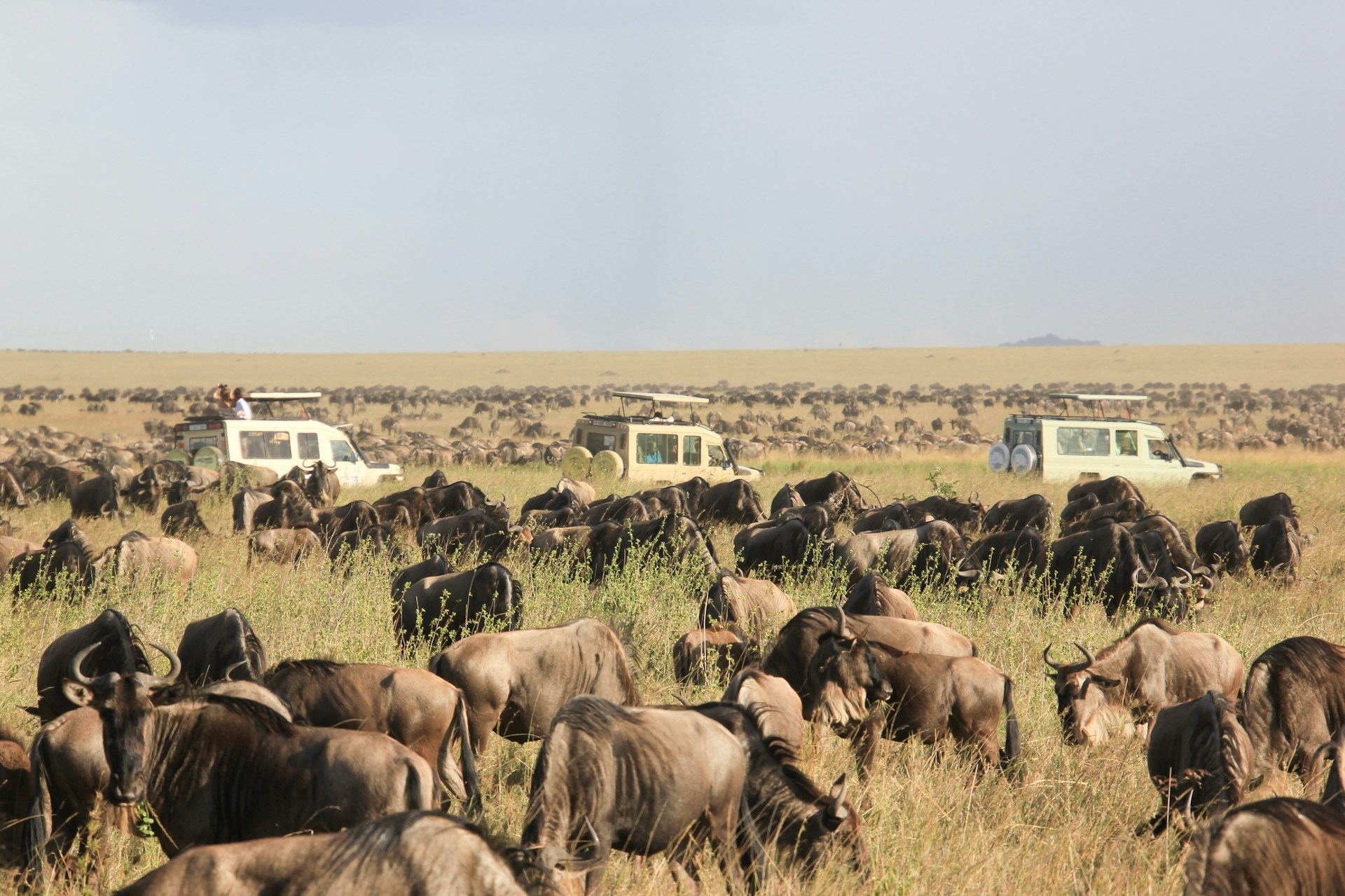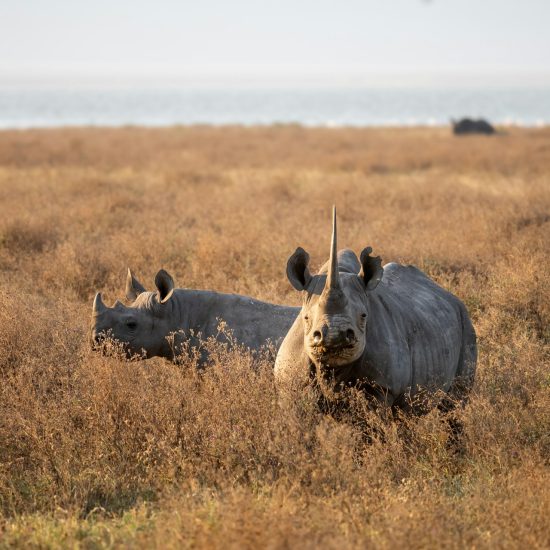
The Ultimate Serengeti Safari Guide: What to Expect and How to Prepare
If you’ve ever dreamed of seeing a lion yawn under an acacia tree or watching thousands of wildebeest stampede across golden plains, then the Serengeti is calling your name. A UNESCO World Heritage Site and home to one of the most spectacular wildlife events on earth—the Great Migration—the Serengeti is Africa’s safari crown jewel.
But before you pack your bags and hop on a plane to Tanzania, this guide will help you understand what to expect and how to make the most of your Serengeti adventure. Whether it’s your first time on safari or you’re returning for another taste of the wild, here’s everything you need to know.
🦁 Why Visit the Serengeti?
The Serengeti National Park covers nearly 15,000 square kilometers of pristine savannah and woodlands, making it one of the largest and most iconic wildlife reserves in the world. It’s home to the “Big Five” (lion, leopard, elephant, buffalo, and rhino) and boasts one of the highest concentrations of predators anywhere in Africa.
But the Serengeti’s real claim to fame is the Great Migration—a year-round cycle where over 1.5 million wildebeest, along with zebras and gazelles, journey through the ecosystem in search of water and grazing land. Witnessing this natural spectacle is often described as a once-in-a-lifetime experience.
🗓️ Best Time to Visit
The Serengeti is a year-round destination, but your safari experience will vary depending on the time of year:
-
June to October (Dry Season): Ideal for wildlife viewing. Animals gather around water sources, and the bush is less dense, making it easier to spot game. This is also peak season for travelers.
-
January to March: Calving season in the southern Serengeti—watch baby wildebeest take their first steps and predators hunt with precision.
-
April to May: Rainy season, with lush landscapes and fewer tourists. Some roads can become difficult to navigate, but it’s excellent for photography.
-
July to September: Prime time for witnessing dramatic river crossings during the Great Migration.
🎒 What to Pack for Your Safari
Packing smart is key to enjoying your Serengeti safari comfortably and safely. Here’s a checklist to help:
Clothing:
-
Light, neutral-colored clothing (avoid black or dark blue to reduce tsetse fly attraction)
-
Long sleeves and pants (for sun and mosquito protection)
-
A warm fleece or jacket (mornings and nights can be chilly)
-
Wide-brimmed hat and sunglasses
-
Comfortable walking shoes or safari boots
Essentials:
-
Binoculars
-
Sunscreen and insect repellent
-
Camera with zoom lens and extra batteries
-
Daypack for game drives
-
Reusable water bottle
Documents & Health:
-
Passport, visa (if required), and travel insurance
-
Yellow Fever certificate (depending on your country of origin)
-
Prescription medications and a small first-aid kit
🚙 What a Day on Safari Looks Like
Expect early mornings, late evenings, and moments that will take your breath away.
5:30 AM – Wake Up Call: Most safari days start early to take advantage of the cool hours when animals are most active. You’ll enjoy coffee or tea before heading out.
6:00 AM – Morning Game Drive: With the golden sunrise painting the sky, your guide will navigate through the savannah in search of wildlife. Early morning is a great time to spot big cats like lions and leopards.
9:30 AM – Bush Breakfast or Camp Return: Some lodges pack breakfast for the drive, while others offer a hearty meal back at the lodge.
12:00 PM – Leisure and Lunch: Midday heat slows down animal activity, making it a great time to relax, swim, or nap.
3:30 PM – Afternoon Game Drive: Head out again as the sun cools. This is when elephants might appear at watering holes and cheetahs begin to hunt.
6:30 PM – Sundowners: There’s nothing quite like sipping a drink while watching the Serengeti sunset.
8:00 PM – Dinner and Campfire: Share stories with other travelers under the stars, sometimes with Maasai dances or storytelling for entertainment.
🛖 Accommodation Options
The Serengeti offers a wide range of safari accommodation types:
1. Budget Campsites
-
Perfect for backpackers and adventurous travelers.
-
Basic amenities, but unbeatable for a raw wilderness experience.
2. Tented Camps
-
Comfortable tents with real beds, en-suite bathrooms, and hot water.
-
Great balance of comfort and proximity to nature.
3. Luxury Lodges
-
Upscale facilities with gourmet meals, spas, and stunning views.
-
Ideal for honeymooners or luxury-seekers.
4. Mobile Camps
-
These follow the Great Migration, moving seasonally.
-
Perfect for those looking to be in the heart of the action.
🧭 Choosing the Right Safari Operator
A good guide can turn a great safari into an unforgettable one. When choosing a safari company, look for:
-
Experienced, English-speaking guides with wildlife knowledge
-
Vehicles with pop-up roofs or open sides for better viewing
-
All-inclusive pricing (meals, park fees, accommodation)
-
Positive reviews and responsible tourism practices
SunUp Safari, for example, specializes in personalized Serengeti adventures that cater to both budget-conscious travelers and luxury seekers.
🌍 Cultural Insights and Respect
While wildlife is the main attraction, don’t forget the people. The Serengeti region is home to several communities, including the Maasai, known for their vibrant dress and semi-nomadic lifestyle.
If your safari includes a cultural visit:
-
Always ask before taking photos
-
Be open-minded and respectful
-
Consider supporting local artisans by buying handmade crafts
💡 Pro Tips for First-Time Safari Travelers
-
Don’t expect to see everything on Day 1. The wild doesn’t work on a schedule, so patience is key.
-
Silence is golden. Speak softly during game drives to avoid scaring off animals.
-
Trust your guide. Their eyes are trained to spot wildlife and they know how to keep you safe.
-
Put the camera down sometimes. Some moments are best experienced through your eyes, not a lens.
🧳 Final Word
A Serengeti safari is more than a vacation—it’s a journey into the heart of nature. The landscapes, the animals, the culture, and the silence of the bush at dusk—it all leaves an imprint that’s hard to describe and even harder to forget.
Whether you’re chasing the Great Migration or just want to hear the roar of a lion in the wild, the Serengeti will change you. All you have to do is say yes.



